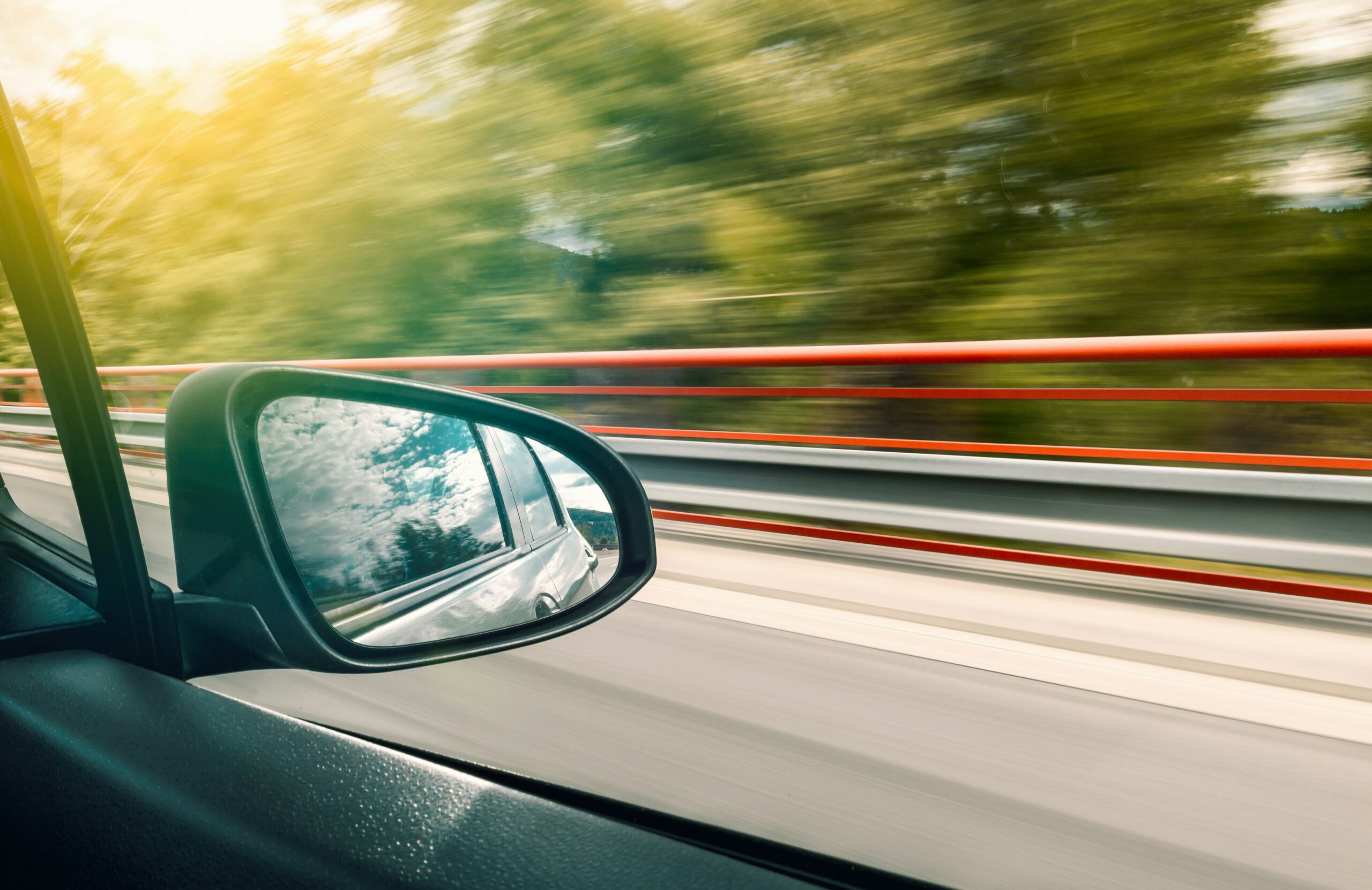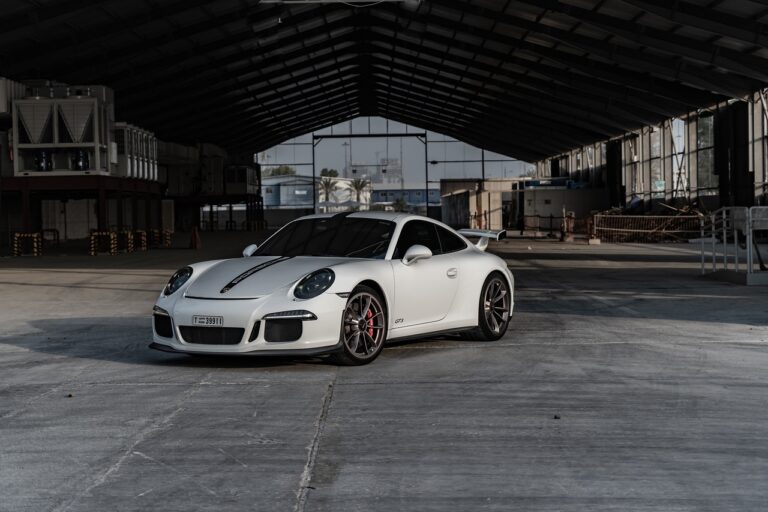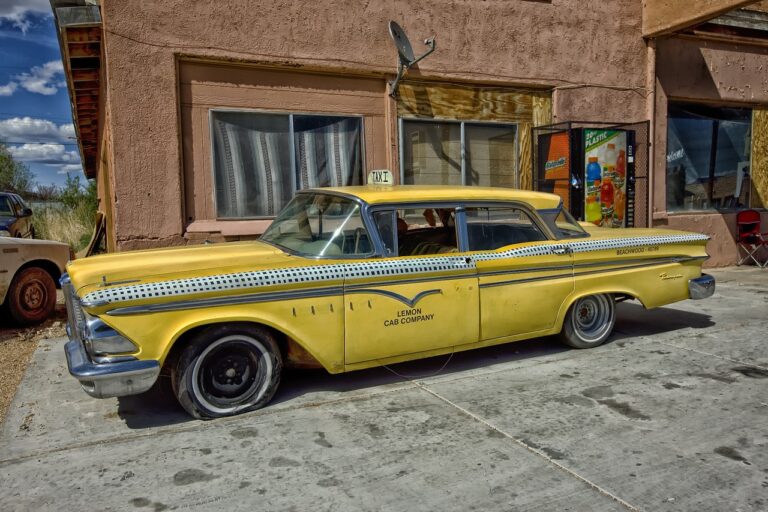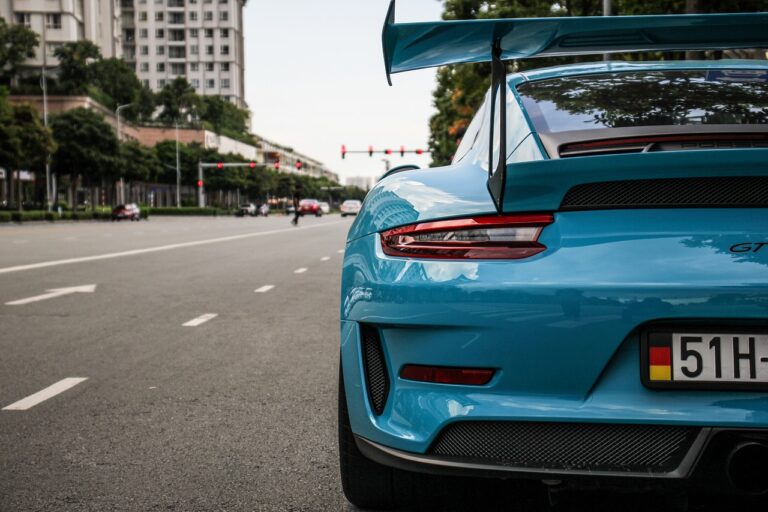Convertibles and Roadsters: Embracing Open-Air Driving
When it comes to distinguishing between convertibles and roadsters, it’s all about understanding the subtle nuances in their designs. Convertibles typically feature a retractable hardtop or soft top that can be electronically lowered to open up the vehicle to the elements. These cars often have additional seating capacity and can vary in size from compact to mid-size models.
On the other hand, roadsters are more focused on providing a pure driving experience with a sportier and sleeker design. These vehicles usually come with only two seats and a soft top that is manually operated. Roadsters prioritize performance and handling, offering a more dynamic driving experience compared to convertibles. Understanding these distinctions can help you choose the right type of open-air vehicle that aligns with your driving preferences and lifestyle.
Advantages of Open-Air Driving
One of the notable perks of open-air driving is the unparalleled feeling of freedom it offers. With the top down and the wind in your hair, you can truly connect with the surrounding environment, whether it be the scenic countryside or the bustling city streets. This sense of liberation can elevate the overall driving experience and make every journey more enjoyable.
Additionally, open-air driving provides a heightened sensory experience that is simply not replicable in a closed vehicle. The sounds of nature, the warmth of the sun on your skin, and the fresh air all contribute to a multi-dimensional driving experience that engages not just your sight and touch, but also your hearing and sense of smell. This sensory immersion can make even routine drives feel like adventures, adding a touch of excitement to every outing.
Choosing the Right Convertible or Roadster for You
When selecting the ideal convertible or roadster for your preference and lifestyle, it is essential to consider various factors. Firstly, evaluate your driving needs and habits. If you prioritize performance and speed, a roadster might be the better choice due to its sportier nature and typically lighter weight. On the other hand, if you seek a balance between comfort and open-air driving experience, a convertible could be more suitable with its additional amenities and features.
Next, consider the practical aspects such as seating capacity, cargo space, and fuel efficiency. While most convertibles and roadsters are designed for two passengers, some models offer limited rear seating or storage options. If you often travel with more than one passenger or require ample cargo space, it would be wise to opt for a convertible with better practicality. Additionally, be mindful of the fuel economy since some high-performance roadsters may be less fuel-efficient compared to more economy-focused convertibles.
• Evaluate your driving needs and habits
• Prioritize performance and speed with a roadster
• Seek comfort and open-air experience with a convertible
• Consider seating capacity, cargo space, and fuel efficiency
• Most convertibles designed for two passengers
• Some models offer limited rear seating or storage options
• Opt for practicality if traveling with more than one passenger or require ample cargo space
• Be mindful of fuel economy, especially with high-performance roadsters
What is the main difference between convertibles and roadsters?
The main difference is that convertibles have a retractable roof that can be either soft or hard, while roadsters typically have a fixed soft top that does not fully retract.
What are the advantages of open-air driving in a convertible or roadster?
Open-air driving allows you to enjoy the fresh air and sunshine, creating a more immersive driving experience. It can also provide a sense of freedom and connection to the surrounding environment.
How do I choose the right convertible or roadster for me?
Consider factors such as budget, desired features, driving preferences, and intended use of the vehicle. Test drive different models to see which one suits your needs and preferences best. Additionally, consider factors such as seating capacity, cargo space, and fuel efficiency.






